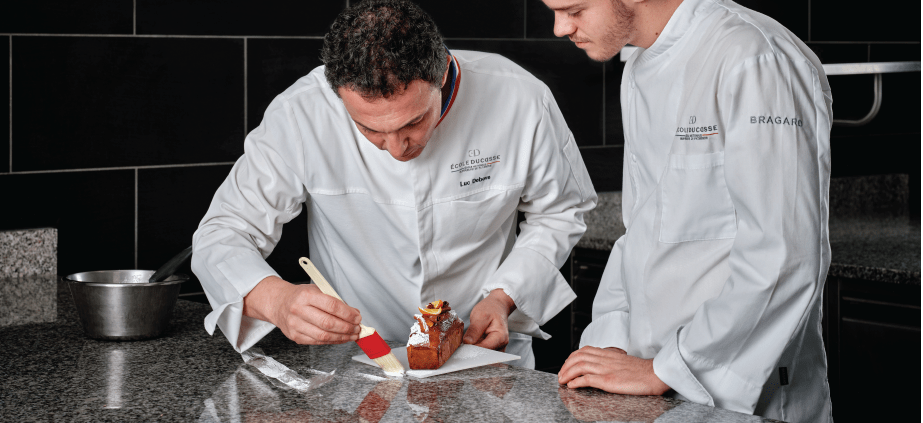
The Foundations of French Cuisine at École Ducasse
French culinary techniques are the cornerstone of Western cuisine, influencing menus and culinary education worldwide. École Ducasse, a renowned institution in France, offers aspiring chefs the opportunity to delve into the intricacies of these techniques. This article explores the core principles of French cooking, highlighting its rich history and the essential skills taught at École Ducasse.
A Journey Through French Culinary History
French cuisine’s evolution can be traced back to the 14th century. Visionary chefs like François Pierre La Varenne laid the groundwork for techniques like sauce-making, while figures like Marie-Antoine Carême and Auguste Escoffier refined these methods and established the foundations of classical French cuisine. Their contributions continue to shape modern culinary practices, forming the basis of the curriculum at institutions like École Ducasse.
Essential French Cooking Techniques
École Ducasse emphasizes a comprehensive understanding of fundamental French cooking techniques. Aspiring chefs at École Ducasse learn to master methods such as:
- Flambéing
- Searing
- Sautéing
- Pan-frying
- Poaching
- Broiling
- Grilling
- Braising
- Baking
- Roasting
Decoding French Culinary Terminology
French cuisine has a unique vocabulary that reflects its sophistication. Understanding these terms is crucial for any aspiring chef. Some key terms covered at École Ducasse include:
Nine Essential French Cooking Terms:
- Bouquet Garni: A bundle of herbs used to infuse flavor into dishes.
- Chiffonade: Finely slicing leafy vegetables and herbs into ribbons.
- Coulis: A smooth purée of fruits or vegetables used as a sauce.
- Déglacer: Using liquid to dissolve flavorful fond from a pan, creating a sauce base.
- Demi-Glace: A rich brown sauce used to enhance meat dishes.
- En Papillote: Baking food in a sealed pouch of parchment paper or foil.
- Julienne: Cutting vegetables into thin, matchstick-like strips.
- Mirepoix: A diced vegetable base for stocks and soups.
- Mise en Place: The crucial practice of preparing and organizing ingredients before cooking.
Mastering the Five Mother Sauces
The five mother sauces are the bedrock of French cuisine, and their mastery is a key component of the culinary education at École Ducasse. These sauces, each with its own unique preparation and application, are:
- Béchamel: A white sauce made with butter, flour, and milk.
- Velouté: A smooth sauce made with a white roux and stock.
- Espagnole: A rich brown sauce made with a brown roux, stock, and mirepoix.
- Hollandaise: An emulsified sauce made with egg yolks, butter, and lemon juice.
- Tomato: A versatile sauce made with tomatoes, herbs, and often stock.
Key Ingredients in French Cuisine
French cooking relies on high-quality, fresh ingredients. Some staples include:
- Herbs de Provence
- Garlic
- Wine
- Shallots
- Butter
- Crème fraîche
- Dijon mustard
- Fresh bread
- Cheese
- Truffles
Perfecting Your Culinary Skills at École Ducasse
École Ducasse provides aspiring chefs with an immersive culinary education, focusing on hands-on training and a deep understanding of French culinary techniques. Programs like the Bachelor’s in Culinary Arts offer comprehensive instruction in these essential skills, preparing students for successful careers in the culinary world.
Take the Next Step
Dreaming of mastering the French culinary arts? École Ducasse offers world-renowned training to help you turn your passion into a profession. Studygram is here to support you every step of the way—from exploring programs to preparing your application.
Fill out the form today and let Studygram help you begin your culinary journey with École Ducasse.


